This story / page is available in:
![]() German
German
In the boat on the way to the mystical rock island of Skellig Michael in the North Atlantic, twelve kilometers off the coast of Kerry. I ask about the Puffins. Skipper Peter says, “Talk to Catherine on the island. She knows the Puffins like no one else, she loves the birds and knows everything about them.” I had heard of Skellig Catherine, the keeper of the Puffins – and yes, of course, I had already met her on the island nine years ago. But at the time, I was only interested in the ancient stones of the monks.
Catherine Merrigan is one of five official island guides who live and work on Skellig Michael from April to October. It’s a bright day. Catherine sits on a wall in the monastery complex, at the top end of 700 ancient stone steps. The 56-year-old Irishwoman from Wexford is spending her 21st summer on Great Skellig. She gets up early in the morning with the Puffins, she explains the island and its past and present inhabitants to visitors, she urges them to be careful and considerate, she says goodbye to the light of day high up in the famous monastery. I talked with Catherine about the beloved Puffins, the rocky island and her life on the island.
Catherine, you have lived and worked on Skellig Michael every summer for over 20 years. You are obviously attracted to this place . . .
That’s right. Skellig Michael has fascinated me since the first time I visited. However, it took me five attempts 25 years ago to make it to the island for the first time. Soon after, the opportunity arose to work here as a guide – I prefer to use the phrase caretaker – and I did not hesitate for a second. I was and am overwhelmed by the birds here, the colours, the teeming life. I’m so lucky, I’m privileged to be in this special place with all the animals.
What is your life like here on Skellig Michael?
There are always three guides living on the island. We stay for two weeks and then go back to the mainland for a week. However, the schedule is often shaken up. If the weather is bad or the waves are high, we are stuck. We live in three small cabins in a hidden place, each with a bed, gas stove and refrigerator. We have a compost toilet. The electricity comes from solar panels. The water is brought in from the mainland, as is all the food.
Isn’t this life difficult and lonely?
It is not lonely. In the morning I am often woken up by the Puffins. They even breed under my cabin. Sometimes they come through the open door and wake me up. Every evening I walk up to the monastery before sunset and am surrounded by storm petrels when I return in the dark. I love living here with the birds. But of course small places in the middle of the sea have an effect on how we feel. They make us a little crazy, insular and isolated in the long run. And it always depends on who you’re here with. We people can be tricky . . .
You are known as the guardian and protector of the Puffins of Skellig Michael. Where does your relationship with the puffins come from?
The Puffins just fascinate me. I can watch them all the time. Their movements remind me of Charlie Chaplin. They are so funny, plus incredibly curious and communicative. They are very playful and sociable, but also territorial and sometimes fight fiercely with each other. They have very strong beaks, and fights don’t always end well. The curiosity of the Puffins is almost inexhaustible. If something new appears near their breeding place, they immediately take care of it, examine it closely – and like to drag it, such as a discarded tea bag or a flower, into their nest.
You have taken many beautiful photographs of the Puffins. One in particular, which is on the cover of your book “Living Among The Puffins On Skellig Michael”, shows a bird with a bouquet of flowers in its beak. That looks photoshopped . . .
. . . and it’s real. Acquaintances from Dingle, where I live during the rest of the year, came to the island. They brought me a bouquet, which I briefly left on a wall – and poof, a bird took care of it and dragged the bouquet into its cave. That’s when I took that snapshot. It also gets turbulent when the workers put up a ladder here. It turns into a playgound in no time.
Catherine, how is the Puffin colony on Skellig Michael doing?
They are doing very well. They are healthy and their numbers are stable. There are 8000 puffins living here on the island every year. In my 20 years here, there was only one year when the birds had severe problems. They eat sprats that they fish from the sea. That year, ten years ago, food was much too scarce, it was terrible. Many chicks died. Now, everything is fine again.
Do the Puffins actually have enemies?
Oh, yes. The skuas are always lurking and steal the Puffins’ catch when they return to the nest. They also kill Puffins. And the man-made road with the wall from the pier to the workers’ huts always claims victims.
How so?
The animals don’t cope well with the road. Sometimes they roll down the slope when they fight with each other and hit the road hard. And Puffin chicks fail against the wall when they fledge and leave the nest. The parents take care of the only child for six weeks, then the young bird has to manage on its own. At night, in the shelter of darkness, black and white chicks leave their burrows and make their way alone to sea. The first flight of its life must take it down to the surface of the sea. In this attempt, young Puffins regularly fly into the wall. I always get up at night and put them on the wall, or collect them so they can try again the night after.
Like you, the Puffins are part-time residents of the island. How long do they stay each year?
They arrive in April and leave the island in droves in the first week of August. You can set your watch by that: After their work is done, they leave the rock between the 4th and the 7th of August every year. They fly north and spend the winter on the waters of the North Atlantic.
You wrote a book about your life with the Puffins on Skellig Michael with many great photos of your own …
I have taken thousands of photos over the years. I’m not a trained photographer, but I have a pretty good eye. And I’ve made regular notes about my life here. At some point I thought I would make a book out of it – for my friends and also for all the people who never make it to Skellig Michael. As you know, the island is difficult to access and not easy to walk on.
I read your little book and especially looked at the photos again and again. I like it very much and would like to recommend it to our readers. How can they buy it?
With pleasure. If you want the book, please contact me directly by email: KlicK. I will gladly send the book to your readers. I ask for 15 Euros and the shipping costs.
The Skelligs are also known for other bird species. Do Gannets, Ireland’s largest birds, also live on Skellig Michael?
They like to drop in here from time to time. The large Gannet colony lives on the neighbouring island of Little Skellig. Razorbills, Manx Shearwaters, Guillemots, Kittiwakes and Fulmars also live here on Great Skellig.
What are the nights like on Skellig Michael?
The full moon nights here are magical, when the moon is reflected on the surface of the sea. And most nights are noisy. When night settles over the island and the puffins go to sleep, the night birds wake up. Then the small Storm Petrels fly around and the Manx Shearwater emit their loud and eerie sounds. To some people they sound like the Banshees, the Irish fairies, the cry frightens some people, they would plug their ears to sleep. I love the sound of the night. A few times, they were rather rare, very quiet nights, I could hear the whales in bed, breathing in and out through their blowhole deep down in the ocean. It was magical.
Catherine Merrigan has written about her life among the Puffins in a book with many beautiful photos: Anyone who would like the book should email Catherine directly. ClicK. She will gladly send the book to readers of Irlandnews. She asks for 15 Euro and the shipping costs.
What energies do you feel on Skellig Michael?
I feel the strong presence of this place. It is a hard, harsh and rough, even a dark rock. It radiates a masculine energy. Unlike the neighbouring Blaskets, they are more feminine.
Is there something you sometimes miss on Skellig Michael?
Yes, sometimes I miss being able to walk my dog on a soft sandy beach. Skellig Michael is a hard place. I love that, but we also thrive on variety.
How many more years will you return to Skellig Michael?
I am asking myself this question year after year. I will continue to be here for the foreseeable future – and maybe longer.
Mysterious South Peak: My report about a visit to Skellig Michael in Spring 2022. (German language)
All Photos taken and © Catherine Merrigan
This story / page is available in:
![]() German
German



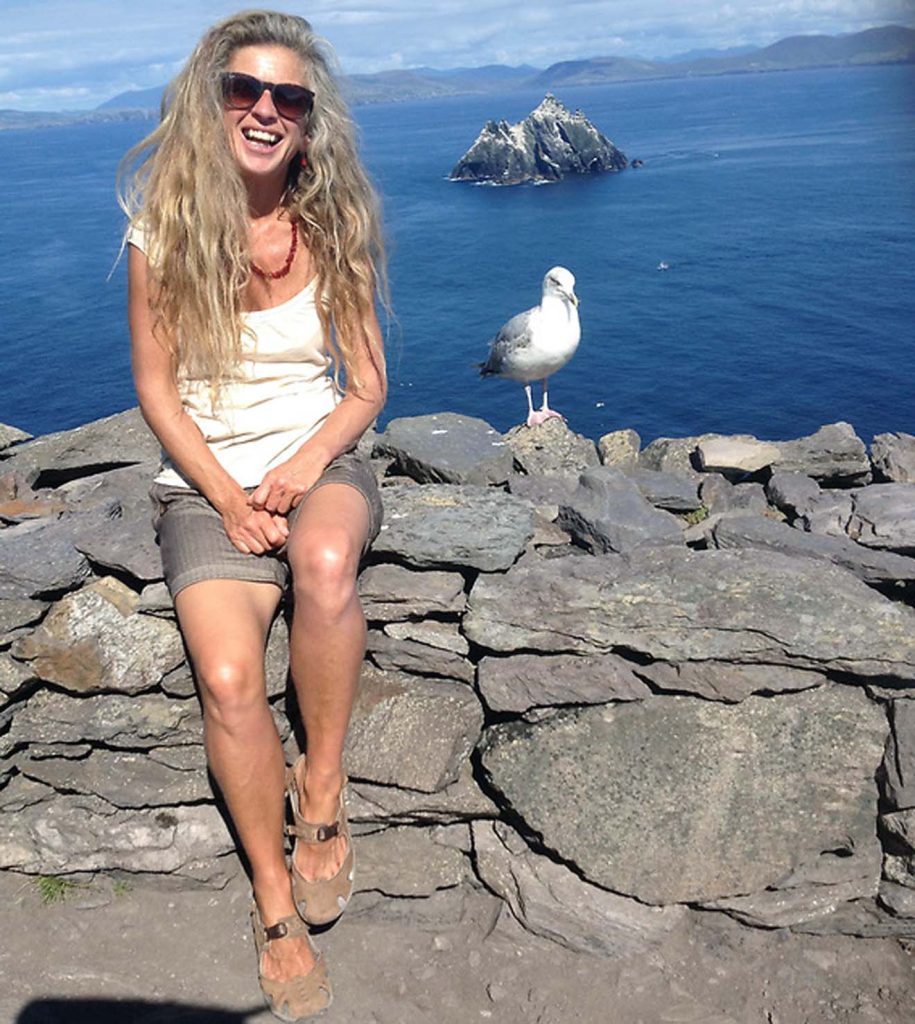

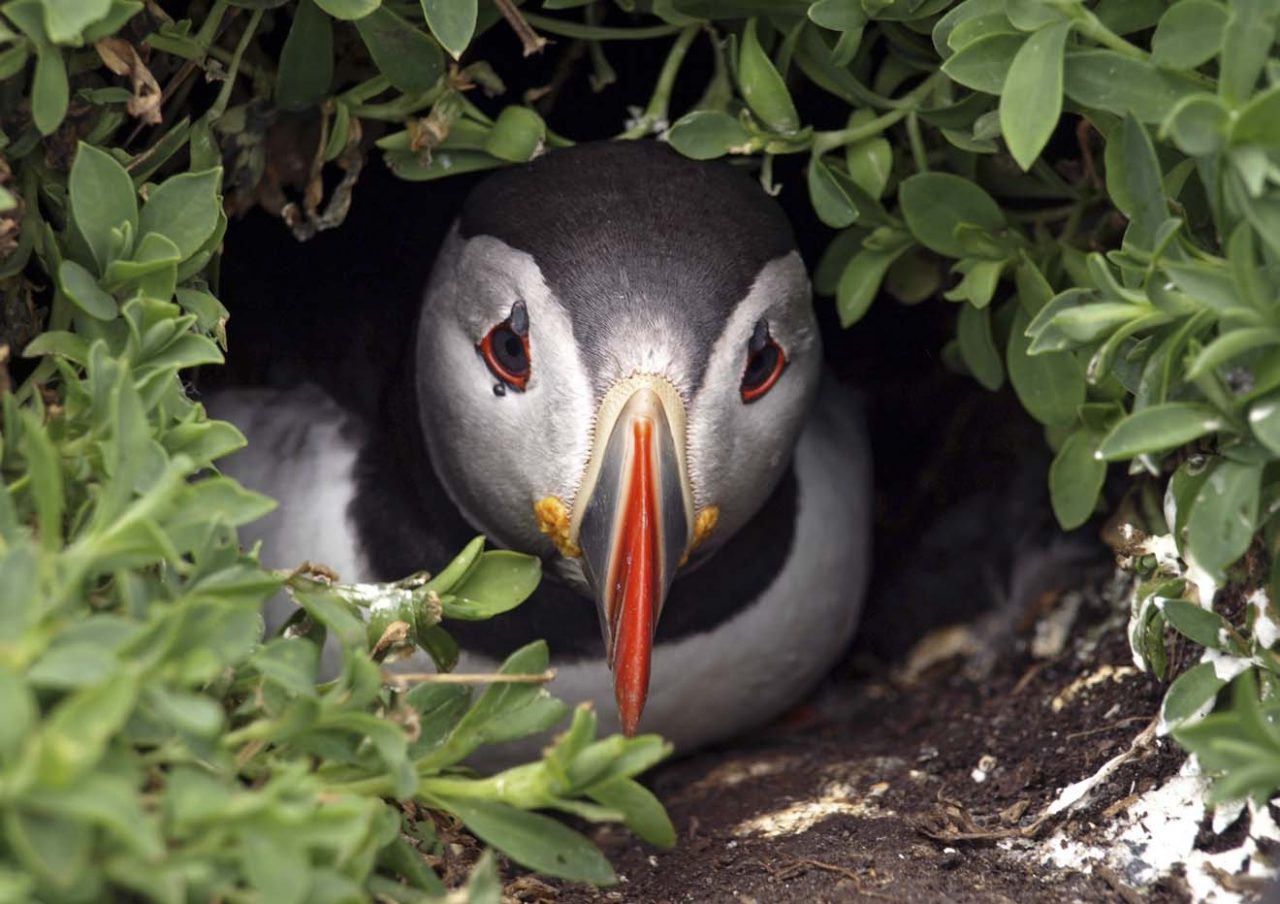
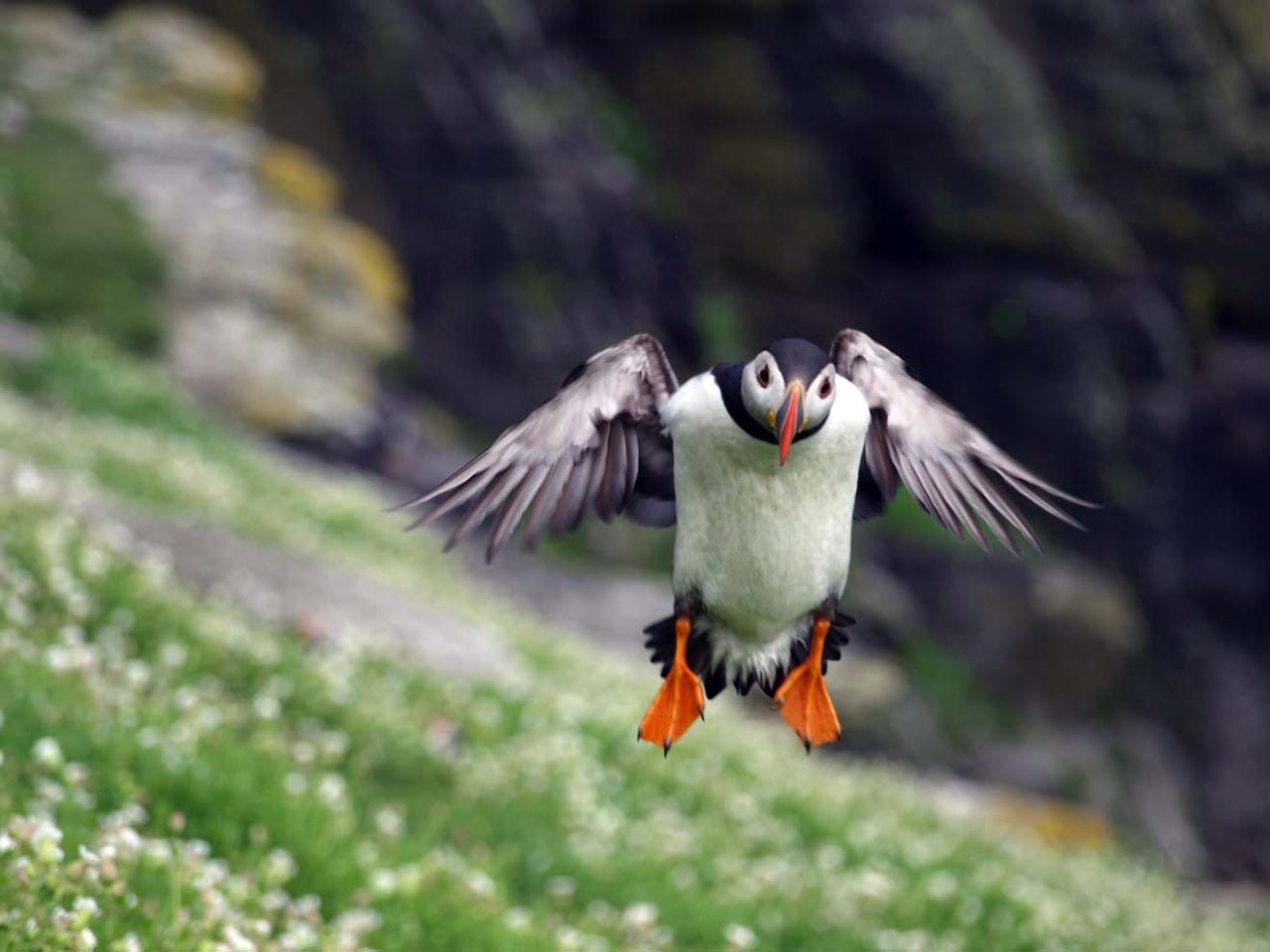
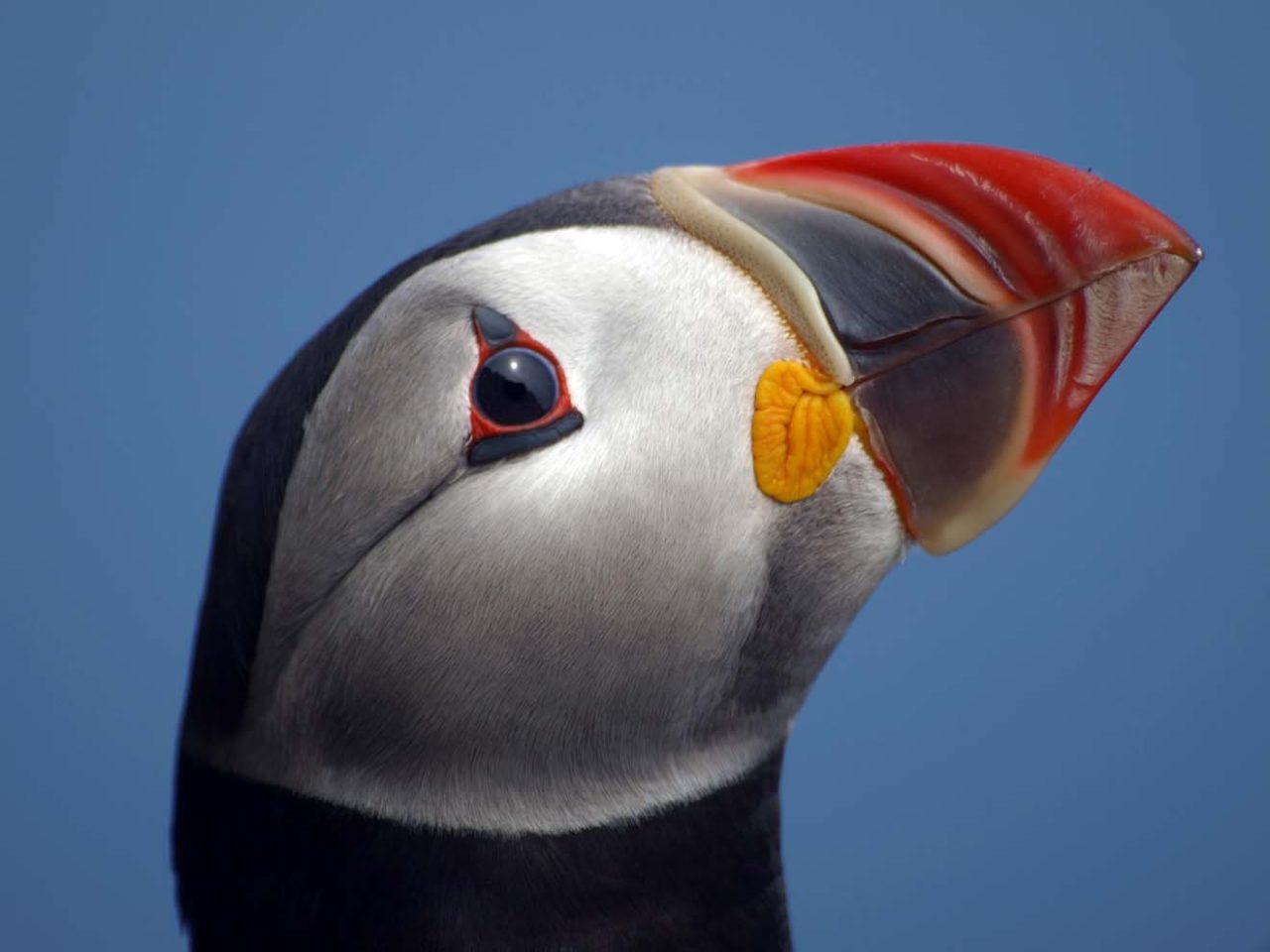
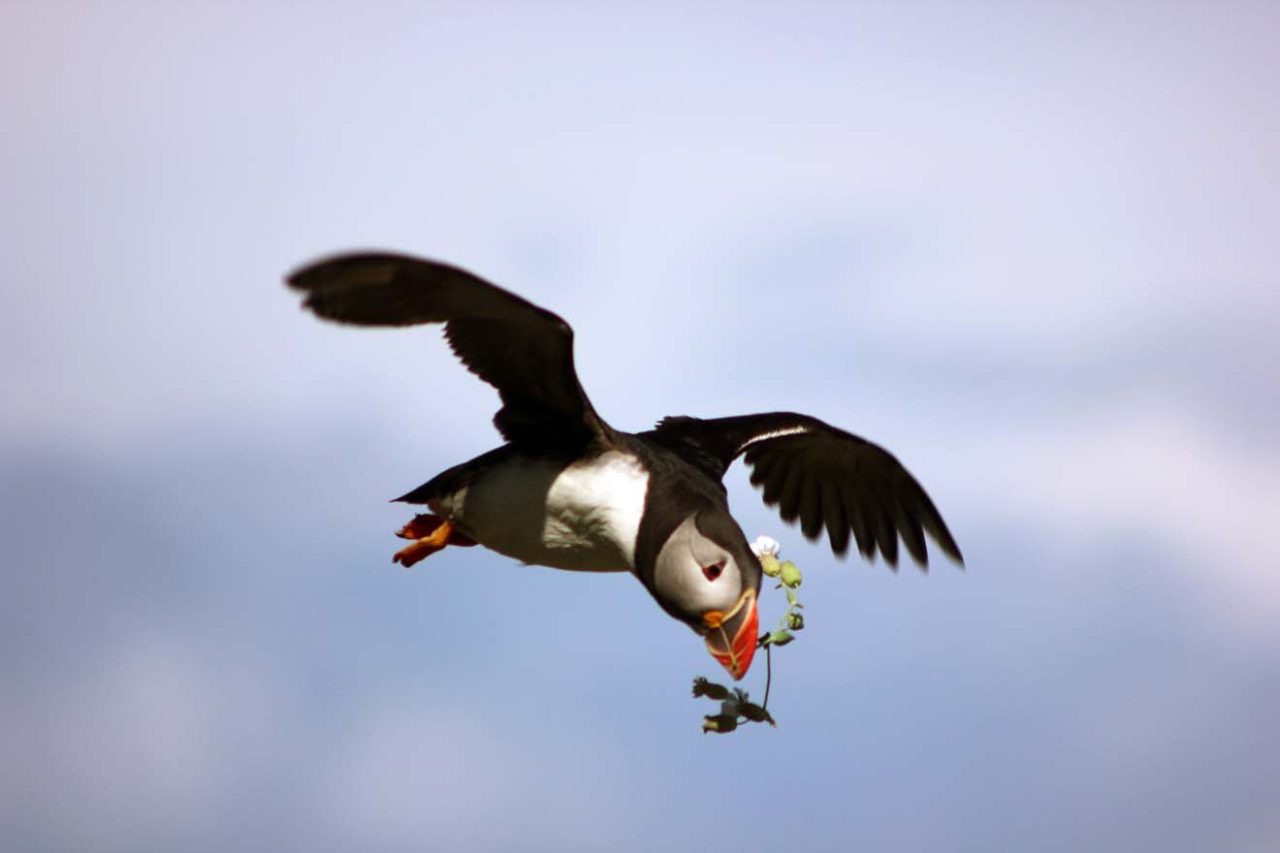
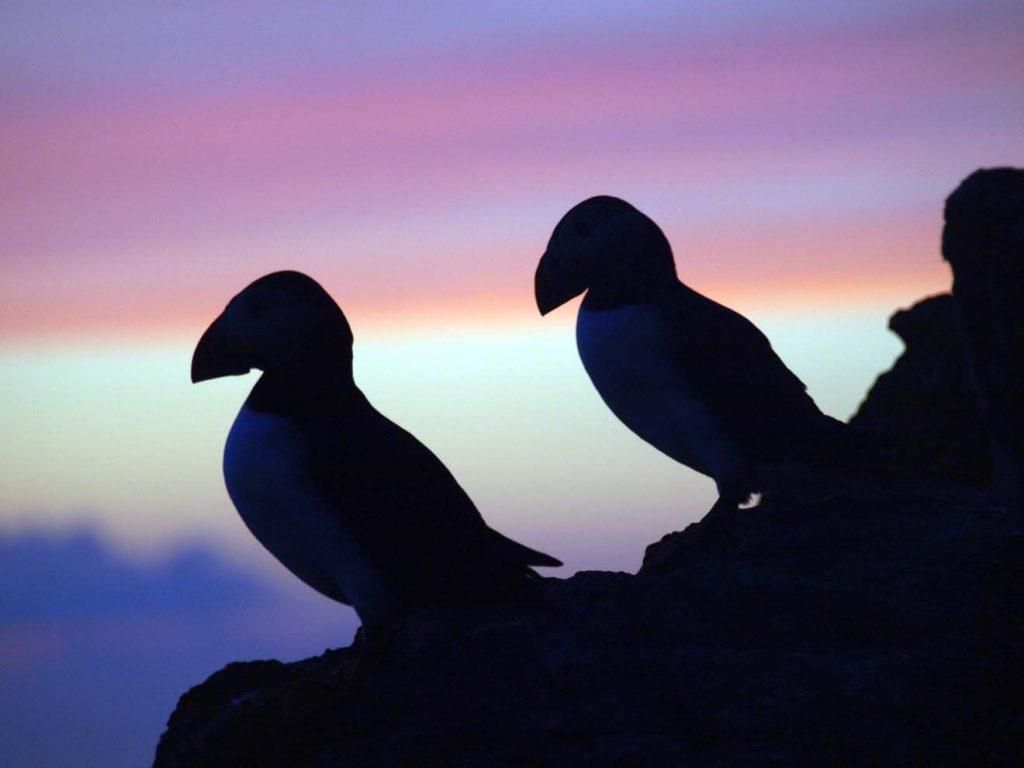
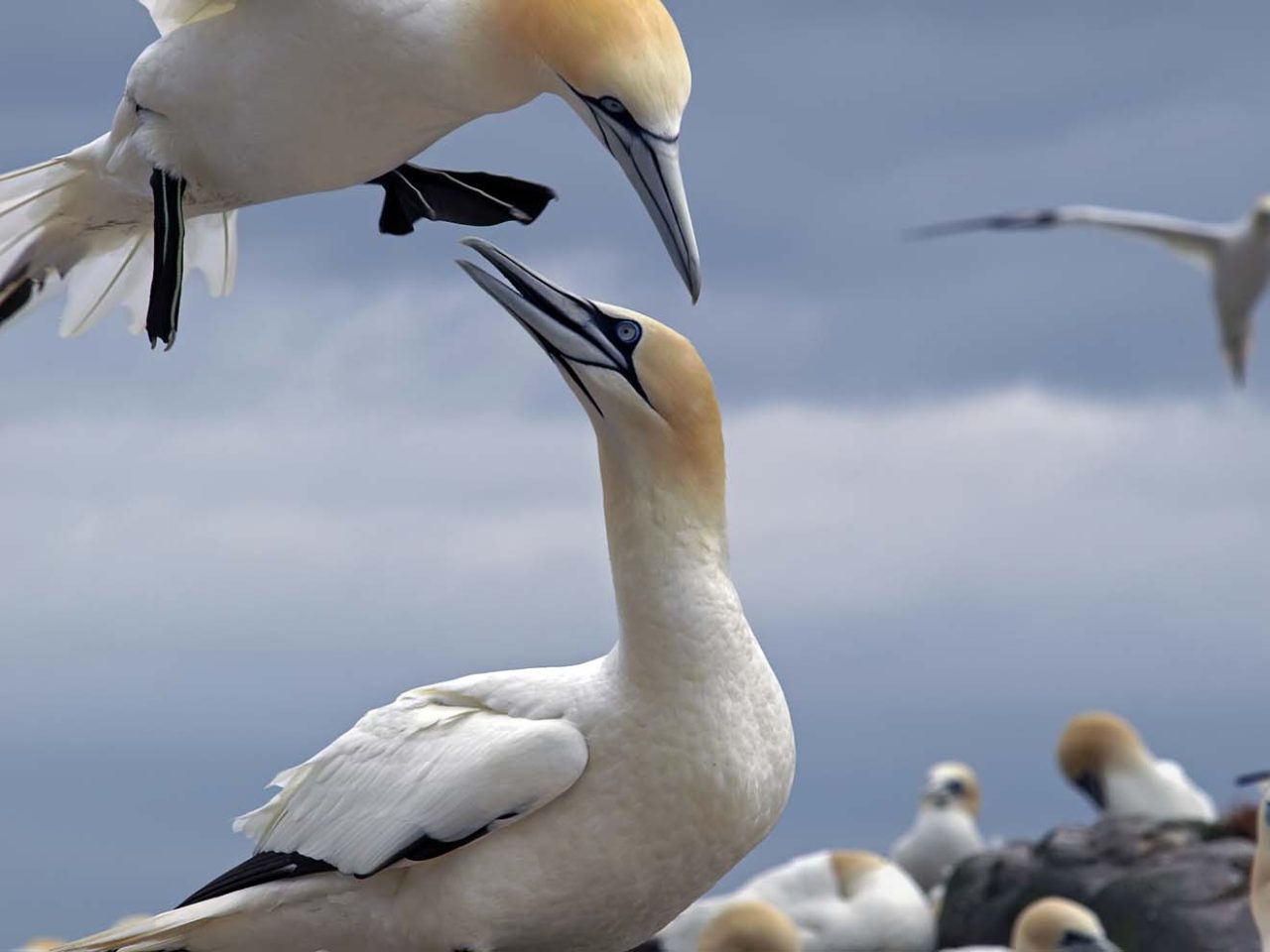
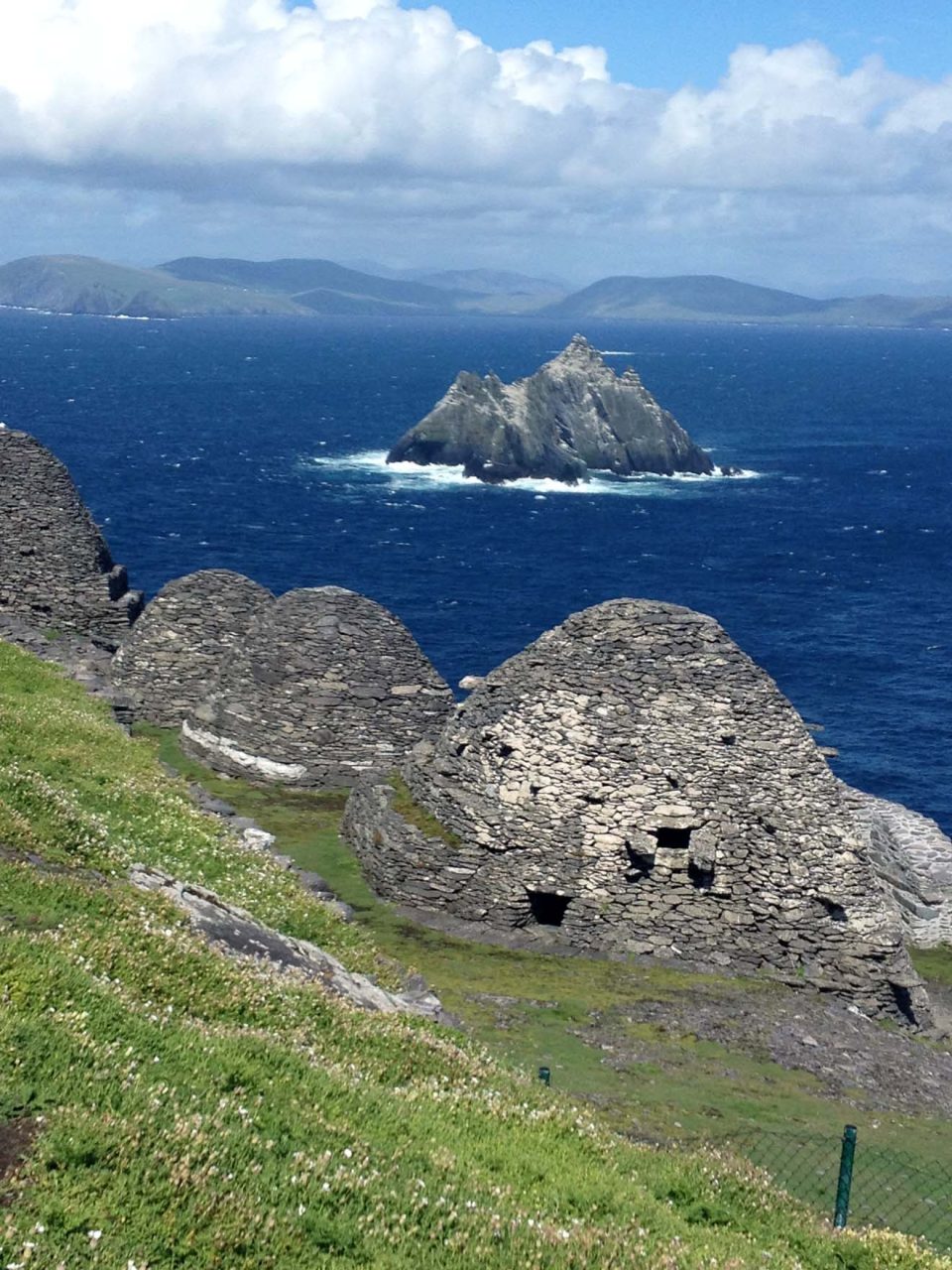
Leave A Comment